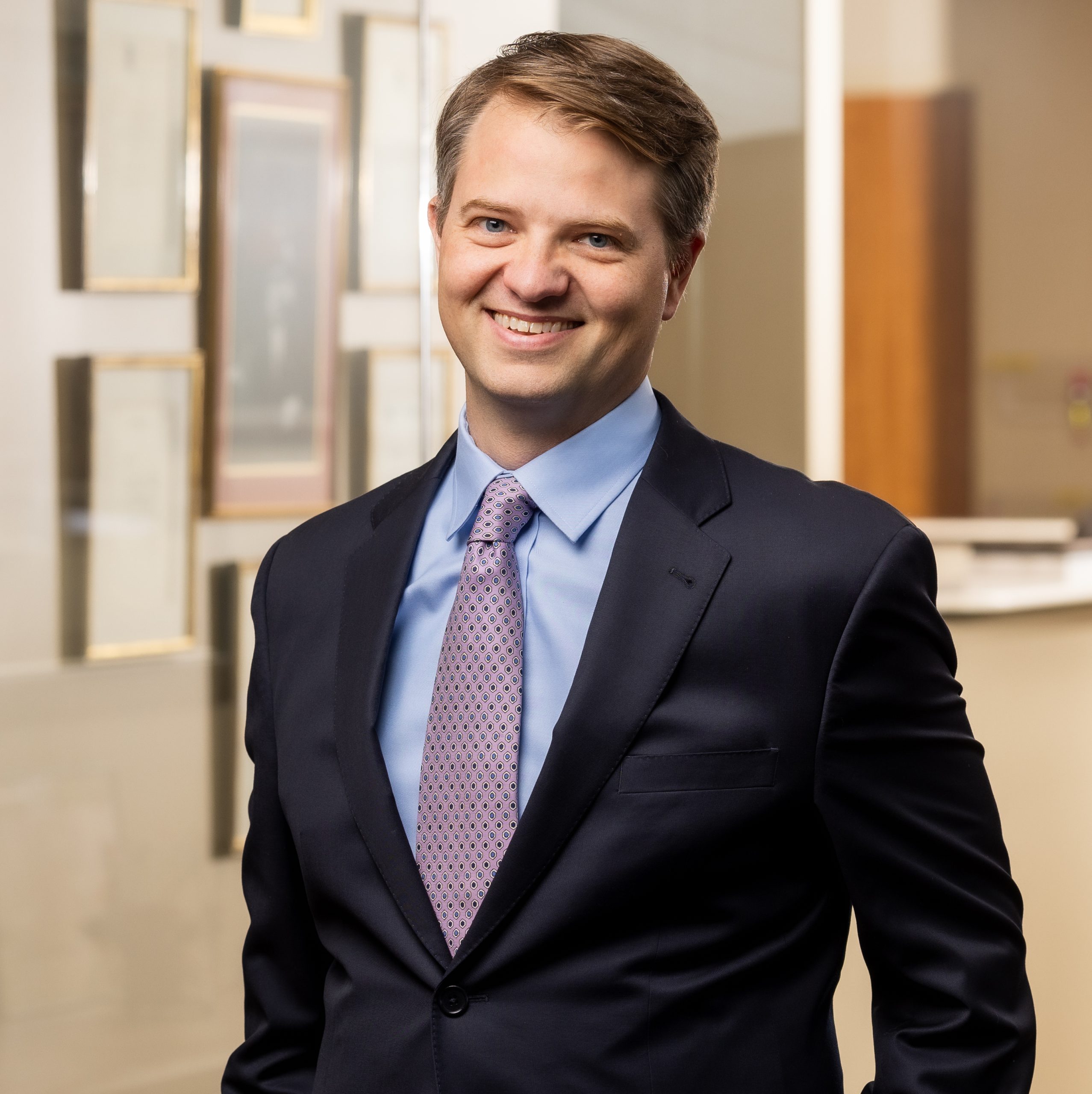Finding Sources of Insurance Coverage
Justin Sheldon—January 21, 2022
Even the strongest car accident cases won’t do much good if the negligent party doesn’t have adequate funds to pay for damages. That is why it is critical for a car accident attorney to investigate the negligent party’s liability coverage, uninsured motorist coverage, underinsured motorist coverage, medical payment coverage, and loss of income coverage.
To do so, an attorney may examine more than one auto insurance policy, including
- Policies covering the vehicles involved in the collision
- Policies covering the vehicles owned by the drivers involved in the collision
- Policies covering the vehicles owned by the client and the client’s relatives living in the same household
- Any umbrella or excess policies that the drivers and the client (and their relatives) may have
Virginia doesn’t allow the stacking of liability coverages, whether multiple vehicles are on the same policy or on separate policies. Yet, your lawyer may discover more than one liability policy that offers coverage for an injured party.
Consider the following example:
Mike’s car is insured with Company A. Tom’s car is insured with Company B.
Mike, driving Tom’s car with Tom’s permission, injures Plaintiff. The plaintiff may recover damages from Company B, up to its policy limits, and then from Company A, as an excess carrier, up to its limits.
When the negligent party doesn’t have auto insurance, or they have inadequate insurance, they are called an uninsured motorist (“UM”). Underinsured motorist (“UIM”) coverage generally applies where the tortfeasor has inadequate insurance coverage. Because UM is so tricky to navigate, it is essential for the trial lawyer to be well versed in this area of automobile accident law.
In Virginia, stacking of UM coverage is allowed when the injured person has two or more separate policies providing UM coverage. However, stacking is not generally permitted where the injured person has two or more vehicles covered by the same policy.
In Virginia, an injured victim may seek UIM coverage from the following policies
- (1) the policy covering the vehicle occupied by the injured person;
- (2) the policy covering a vehicle not involved in the accident under which the injured person is a named insured
- (3) the policy covering a vehicle not involved in the accident under which the injured person is an insured other than a named insured.
A thorough understanding of the sources of insurance coverage for automobile injury cases is essential to any trial lawyer. Determining all possible ways that you can collect on your claim, while often complicated and time-consuming, is essential to ensure clients get the compensation they deserve.
Contact the expert brain injury attorneys at Breit Biniazan for professional legal representation.
By Justin Sheldon
Partner
Justin Sheldon's law career of over ten years began with a sympathy for those who had been injured and a passion for representing those injury victims. With years of experience, ongoing legal education, and various awards winnings, Justin provides the expert and fierce legal representation that Virginia personal injury victims both require and deserve.
Categories:
Office Locations
Related Posts
Categories
We are personal injury attorneys
Fill out our contact form to speak to our experienced Virginia trial attorneys. Breit Biniazan has helped recover millions of dollars in cases. Learn how we can help you today.
